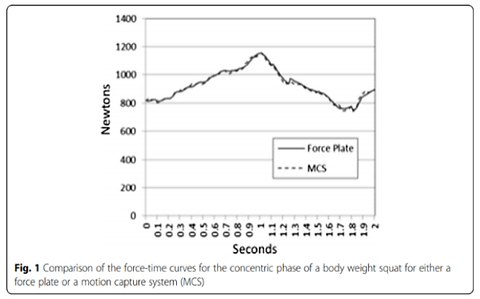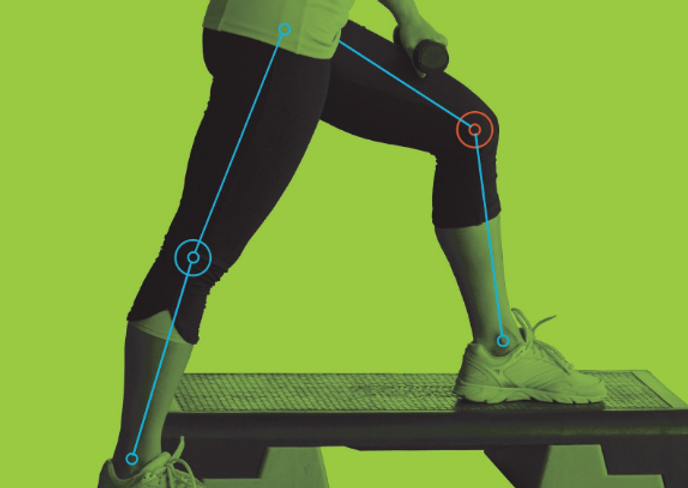DARI has the scientifically validated patent to produce ground reaction force (GRF) without the use of a force plate.

In biomechanical data there are a variety of devices to help track human movement. The two that are the most common are motion capture and force plates. Motion capture track the kinematics variables of human movement like distances and angles, and force plates track the kinetic variables of human movement like force. With DARI we have a patented way to collecting both kinematic and kinetic data with only motion capture technology. This is done through forward simulation modeling using the tracking position of body segments and mass distribution techniques. This culminates with the appropriate filter techniques that make this open kinetic force model possible.
DARI has validated their model against force plates and have shown no significant difference in force magnitudes. Utilizing this model DARI offers synchronized kinematic and kinetics for human movement and adopts standardized inverse dynamic models for joint torques.
